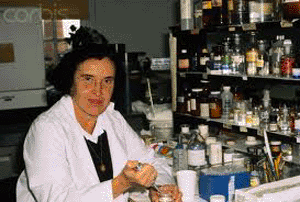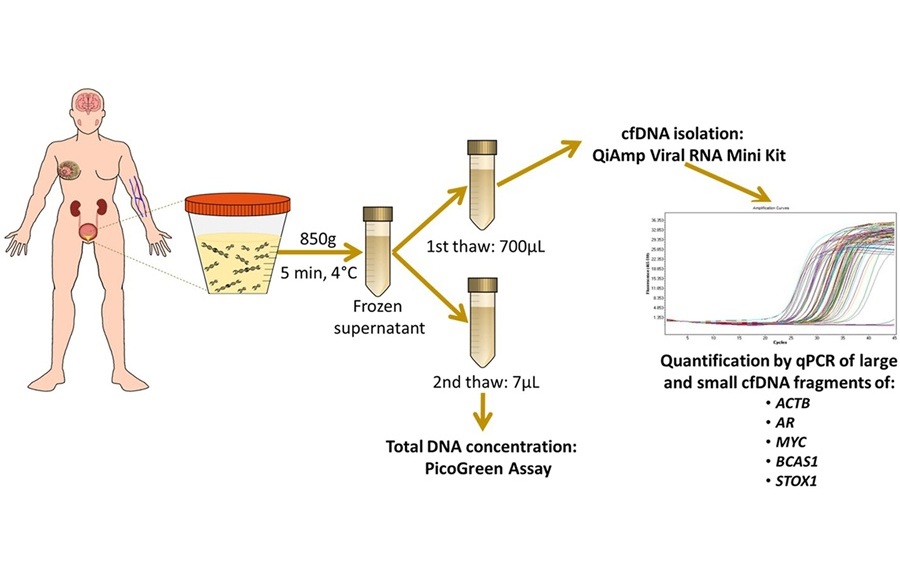Nobel Prize Winner Rosalyn Yalow Dies at 89
By LabMedica International staff writers
Posted on 08 Jun 2011
Physicist Rosalyn Yalow died on May 30, 2011, at 89 in the Bronx (NY, USA). Together with colleague Dr. Solomon Berson, she developed the radioimmunoassay or RIA, a very sensitive test, which enabled measurement of very small quantities of peptide hormones. The new blood testing method led to a greater understanding of diabetes and a host of other diseases.Posted on 08 Jun 2011
In the beginning, the two scientists developed a new assay for insulin. They prepared antibodies against insulin and attached the antibodies to a solid substrate, such as plastic beads, to immobilize them. Then, they attached a radioactive isotope such as iodine-131 to free insulin and allowed the ''hot insulin'' to occupy all the binding sites on the antibodies.

Dr. Rosalyn Yalow working in her lab (Photo courtesy of Bettman / CORBIS).
When blood containing even small amounts of insulin was then placed in a test tube with the beads holding the antibodies, unlabeled insulin in the blood, called cold insulin, displaced some of the hot insulin.
After washing away the blood, radioactivity remaining on the beads was measured. This was inversely proportional to the quantity of insulin in the original blood sample. The test, which came to be called radioimmunoassay or RIA, proved to be very sensitive, making it possible to measure very small quantities of peptide hormones.
The Nobel committee described their work as "a spectacular combination of immunology, isotope research, mathematics, and physics." RIA proved to be so sensitive that it could detect insulin in amounts as small as 10 pg/L and ACTH in an amount less than 1 pg.
When Dr. Yalow and DR. Berson began their research at the Bronx VA Hospital (Bronx, NY, USA) in the early 1950s, most medical diagnostics, which involve measuring the concentrations of hormones, vitamins, and other biological molecules in the blood, were performed by strictly chemical techniques.
The early techniques were cumbersome and insensitive, particularly for measuring substances present in minute concentrations. For example, a chemical assay for adrenocorticotropic hormone (ACTH), which is produced by the pituitary gland to stimulate the production of steroid hormones, required 250 mL of blood--too much to remove from a sick individual.
In their follow-up work, the two scientists created RIA tests for a variety of other hormones, vitamins, drugs, bacteria, viruses such as hepatitis B, and other natural products. Their assay for the hepatitis virus allowed blood banks to screen for it for the first time, sharply reducing transmission via transfusions.
They were also able to use the tests to elucidate the physiology of the hormones insulin, ACTH, and growth hormone, and to shed light on diseases caused by abnormal production of the hormones.
RIA has subsequently been displaced by related tests that use chemiluminescent or color-generating molecules as reporter molecules instead of radioisotopes.
Related Links:
Bronx VA Hospital














